In skeletal animation, rigging is a technique applying a network of interconnected digital bones to indicate a 3D character model.
Rigging clearly refers to the process of building a 3D model’s skeleton. While using the 3D model as a puppet for animation, the bone structure is used to control it. As Brian Green, rigging technical director of Pixar, defined, “rigging is the process of adding control to a digital model.”
We can rig almost anything. Whatever the thing is—a vehicle, a character, a prop like a chair—it doesn’t matter. Riggers rig any object by adding bones to them.
What is Rigging in 3D Animation?
Most of the rigging happens in animated characters for video games and animations. This method makes the animation process done sooner and boosts production efficiency. Any 3D object can be controlled and changed as long as it is wired with skeletal bones.
Rigging is an important stage in the conventional method of animating characters in the entertainment business. Characters are typically rigged before they are animated because, without a rig, a character model cannot move around. The quality of the rigging stage in the animation pipeline is just responsible for producing adaptable and complex animations.
The Importance and Purpose of Rigging in Animation
During the rigging process, modifying the bones’ placement, rotation, and scale is possible via digital animation software.
3D rigging creates a 3D model’s skeleton. Similar to the bones in a real skeleton, each bone has specific capabilities and limitations. They may influence the movements of other bones and spin and bend in particular directions. A “master bone” can be set to determine the most important point of a character’s movement, and weighting bones can help to have more control over one another.
Check out this video to understand the difficulty and necessity of this specific method.
We can rig almost anything. Whatever the thing is—a vehicle, a character, a prop like a chair—it doesn’t matter. Riggers rig any object by adding bones to them.
Building controllers is the next step. They represent various geometrical forms to control the effects of every aspect of the model’s movement and help animators understand the role of controllers. Several of these shapes include:
How Does Rigging Work?
Rigging is one of the components of the broader animation process.
Building a set of bones represents the skeleton structure once a 3D model has been made. For instance, a character might have a bunch of backbones, a spine, and head bones.
Designing the characters is for sure the first step which must be considered.

Animators can produce an animation while keyframing -capturing different features of the bones along a timeline-is done.
A simple setup might take a few hours or less, whereas complicated rigs might take days.
How to Rig a 3D Model?
To make it easy, here are four major steps by which the whole rigging process is made up:
Step 1; Skinning
The first step is called mesh or skinning. It begins by building several bones to represent the skeletons of the models (polygonal geometry). The process starts with creating and setting bones and joints that function as the model’s armature. After that, the skin and the bones are joined together.

Step 2; Building Controllers

Building controllers is the next step. They represent various geometrical forms to control the effects of every aspect of the model’s movement and help animators understand the role of controllers. Several of these shapes include:
- The model is rotated and translated using a diamond. It is used for the figures’ hands, feet, and central parts.
- To translate controls, use the Cube.
- The sphere enables rotation. Generally, it is used for the torso, pelvis, and neck.
- Trapezoids are applied to joints. The elbow and knee are the most commonly used joints.
Step 3; Weight Painting
the third step includes the joints different from those mentioned in step one. The joints limit models’ ability to move around, and weight painting is another essential factor in this process. The weight scale shows how each part of the 3D model connects to the others. It means that the model’s realistic and natural physiologic rigging depends on how much a part’s weight affects a bone during movement

Step 4; Forward and Inverse Kinematics
Forward and Inverse Kinematics comes in the fourth step. As mentioned before, Hierarchical relationships exist between the bones. “Forwarding kinematics” is a term that refers to the idea that movement in a model’s upper parts also influences its lower parts. On the other hand, inverse kinematics refers to the animation of lower parts separately from upper parts. The animation process could be much easier with “IK”.

Making hard-body rigs
A rig can also be used to animate hard-bodied objects, although this requires logical object parenting and control nulls. Although joints are a choice, hard-bodied rigs typically use them less frequently.
An automobile rig, which offers a single steering control and spins the wheels at the ideal rate, is an excellent example of a hard-bodied rig. The difficulty or simplicity of these rigs depends on the needs of the shot.
How to Become a Character Rigger?
Every creative character designer can get a job in a 3D animation production house. However, only those who have learned the following abilities can call themselves professional character riggers:
In a school or college:
If you can, participate in A-levels or Highers that mix art and science. It is recommended to take A-levels or Highers in graphic design, and art and design in addition to computer science, physics, and biology.
However, you might decide to enroll in one of the following Level 3 vocational programs:
- Diploma in Creative and Digital Media from Aim Awards
- Art and Design BTEC National Diploma/Extended Diploma
- UAL Extended Diploma in Art and Design/Applied General Diploma
- Art & Design Applied General Certificate from NCFE
- BTEC National Extended Diploma in Production of Creative Digital Media
The following Level 3 vocational qualifications will prepare you for entry-level employment or an apprenticeship:
The following Level 3 vocational qualifications will prepare you for entry-level employment or an apprenticeship:
- Graphics BTEC National Diploma
- Extended Diploma in Art and Design from UAL
- Technical Diploma in Art and Design from OCR Cambridge (Graphic Design)
- BTEC National Diploma in Visual Effects for Film and Television
- UAL Diploma/Extended Diploma in Technology and Creative Media Production
- OCR Digital Media Technical Diploma (Moving Image and Audio Production)
Which is the Best 3D Rigging Software Program?
There are many different 3D rigging software programs, each offering unique features and options. Photoshop, ZBrush, and Maya are the most common programs which offer excellent results. 3D rigging artists prefer to work with multiple programs. Maya, Blender, 3Ds Max, Modo, ZBrush, Cinema 4D, and Houdini are just a few of the programs that support skeleton animation.
Read More: Best 3D Modeling Software (Free and Paid)

Maya and 3D Studio Max are the first options for most animation and game studios, as they set a standard for 3D modeling. Professional riggers usually combine rigging techniques with software to achieve the desired result.
Final Words
Like other CGI techniques, 3D rigging can be difficult for beginners. We tended to simplify it so that everyone is aware of what rigging is and how and why it is used.
Creating the appearance of an object’s shell is an important thing when making 3D art. This is excellent for still images, but when animating, it’s similarly important to focus on where the movement begins. This comes from within for most objects, creatures, and characters.
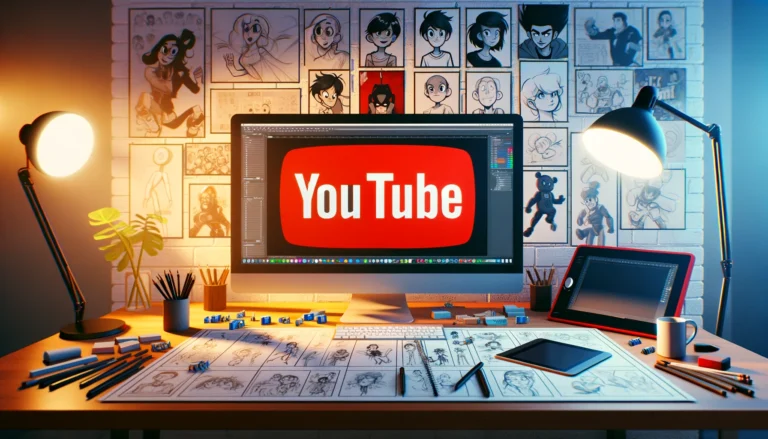

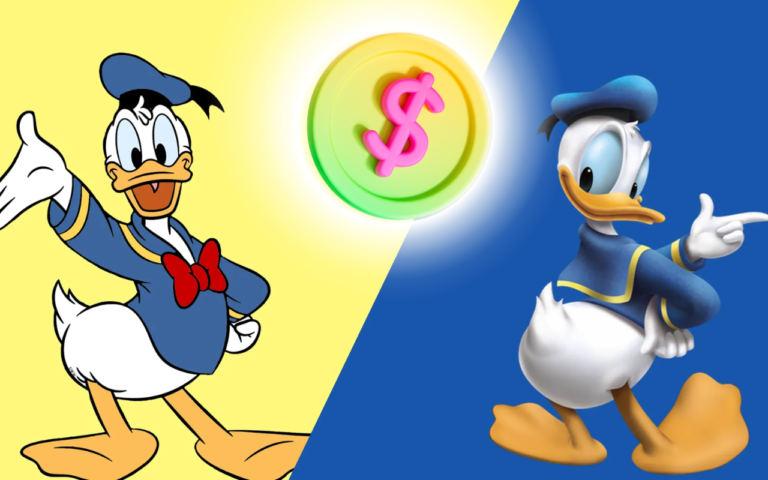
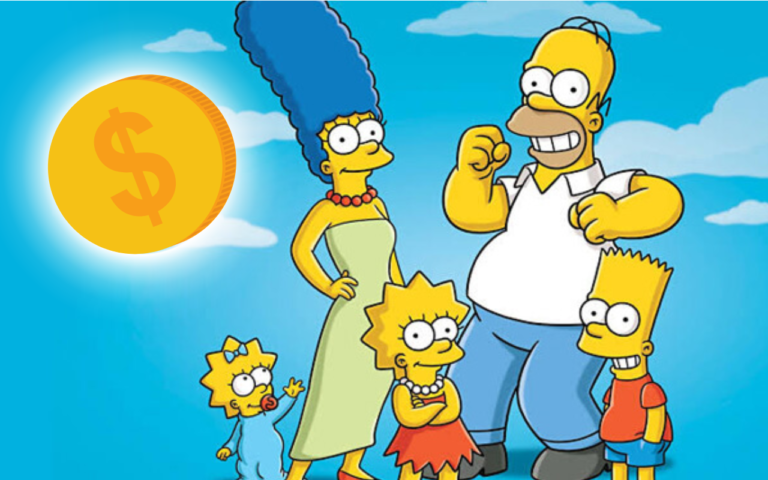
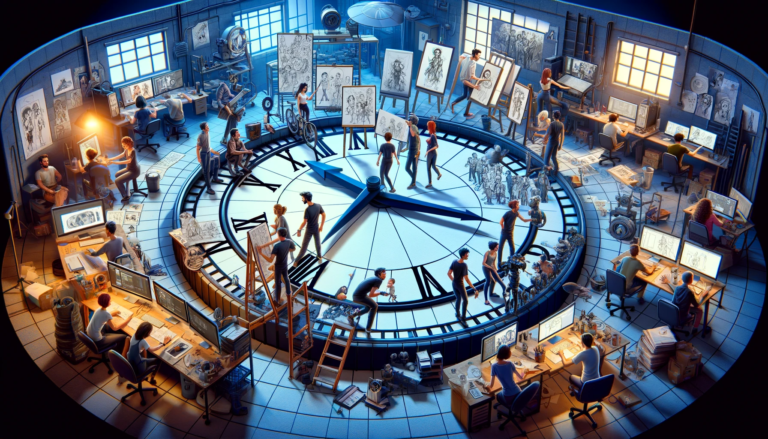
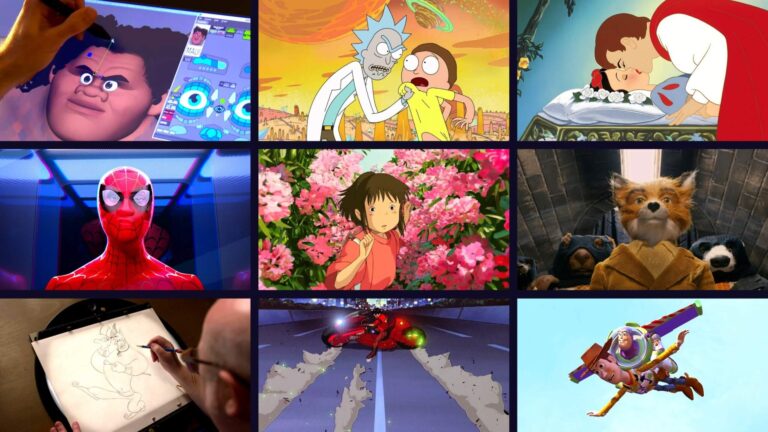
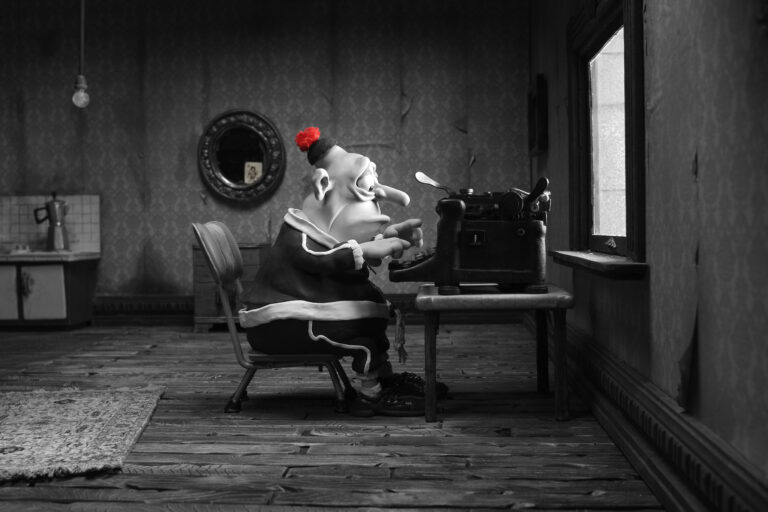
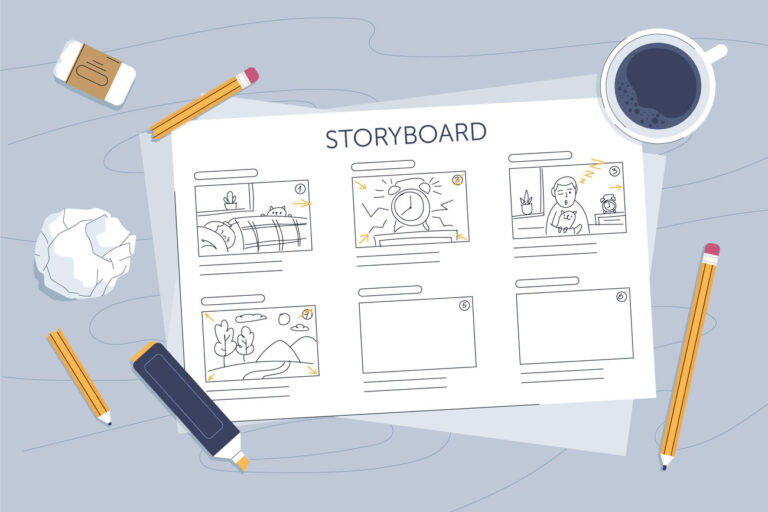
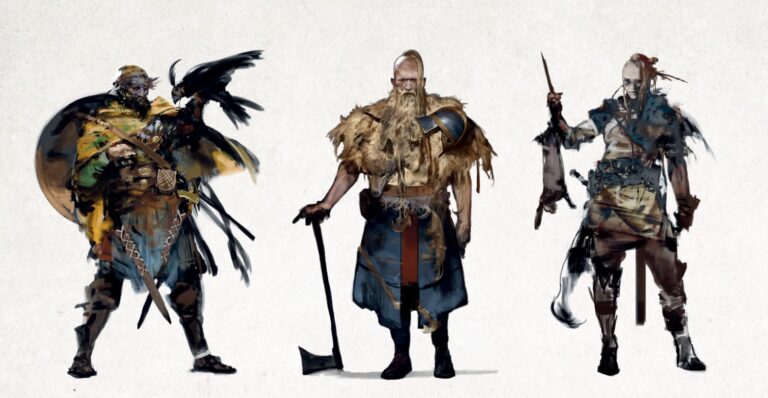

No comment yet, add your voice below!